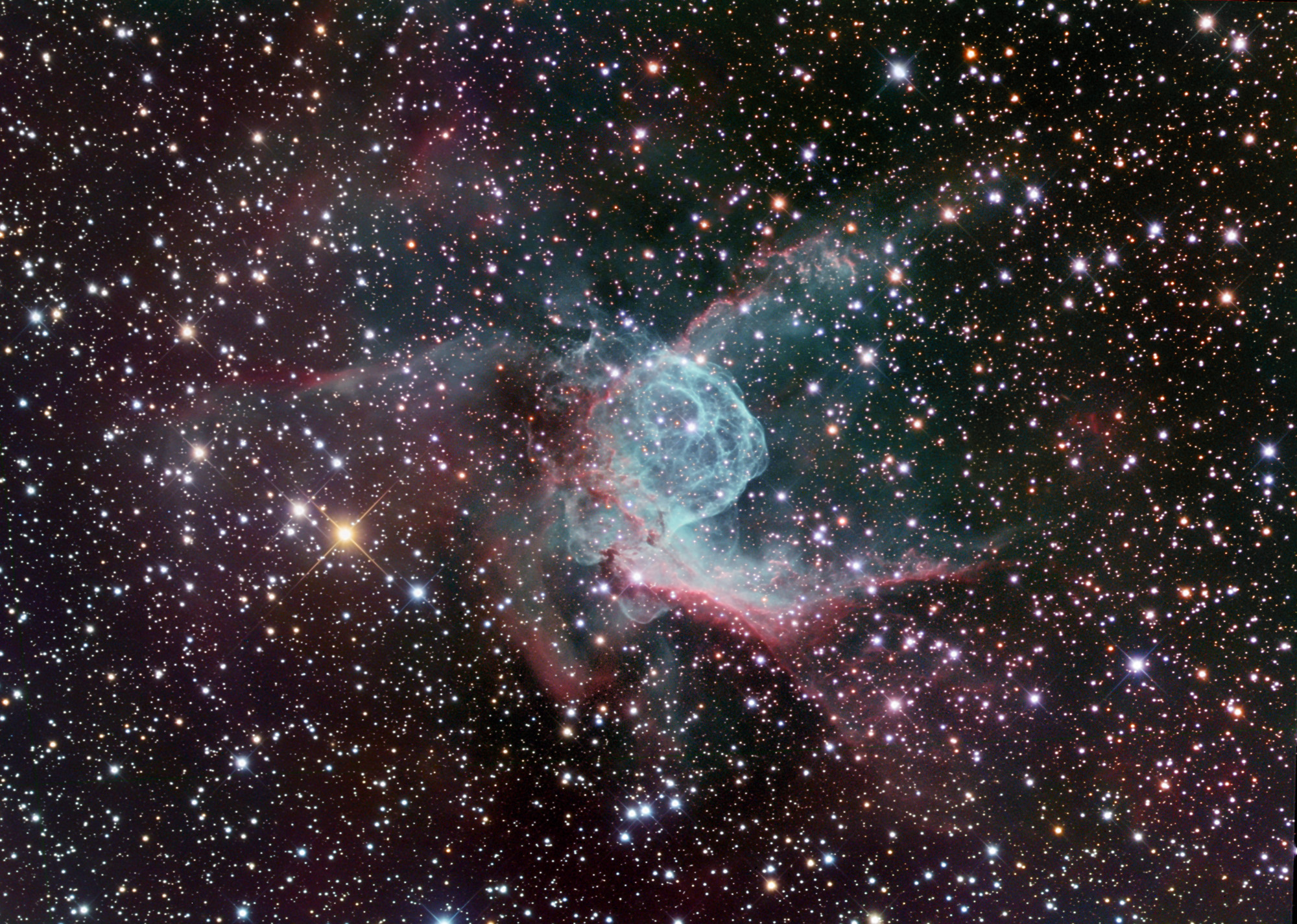
Johann Madler was born in Berlin in 1794. Madler’s interest in astronomy was sparked when he saw a comet as a child. Orphaned at a young age, Madler was responsible for raising his younger sisters. Madler studied astronomy and mathematics at the University of Berlin. During his time there he studied under both Encke and Ohm. To take care of his family and help pay for his education, Madler worked as a private tutor.
While working as a tutor, Madler meant a wealthy banker and amateur astronomer named Wilhelm Beer. Beer realized Madler’s abilities and offered him a position at the observatory that Beer was building. Madler, with Beer’s help, made a number of important contributions to astronomy.
Madler, while working at Beer’s observatory, made the most comprehensive map of the moon to date. He was the first to divide the moon into four separate quadrants. His maps of the moon were considered its most accurate documentation for the three decades after they were created.
Madler also made observations of Mars. He and Beer were the first astronomers to map the planet. Using Hershel’s calculations, they attempted to determine Mars’ rotational period, eventually coming within 1.1 seconds of finding the exact period. Though Madler was most famous for his observations of Mars and the moon, he made observations of Jupiter early in his career. His first contribution to astronomy was his discovery of two dark spots on Jupiter’s rings.
He also developed the Central Sun Hypothesis which said that the center of the universe, or more accurately the center of the universe’s gravity, is located in the star cluster known as the Pleiades. To find this, Madler observed the motions of over 3,000 stars. Though this hypothesis was eventually proven false, his observations were used by later astronomers.
After working with Beer, Madler accepted a position as director of the Dorpat Observatory in Estonia. Here he continued his observations of the moon and Mars. He also continued the research of the observatory’s former director, Friedrich Struve, who studied binary stars.
Madler also made important meteorological observations. He made the most accurate calculations of Earth’s tropical year.
Madler published his complete works, History of Descriptive Astronomy, in 1873. This was after he retired from his position in Estonia as a result of eye problems that prohibited him from doing observations. He retired to Germany, where he died in 1874.
Works Cited
Hockey, Thomas A. Galileo's Planet. CRC P, 1999. 8 Jan. 2008
.
"Monthly Notices of the Royal Astronomical Society." NASA Astrophysics Data System. Harvard University. 8 Jan. 2008 .
"Science Center AHHAA." Teaduskeskus. Dorpat Observatory. 8 Jan. 2008 .



